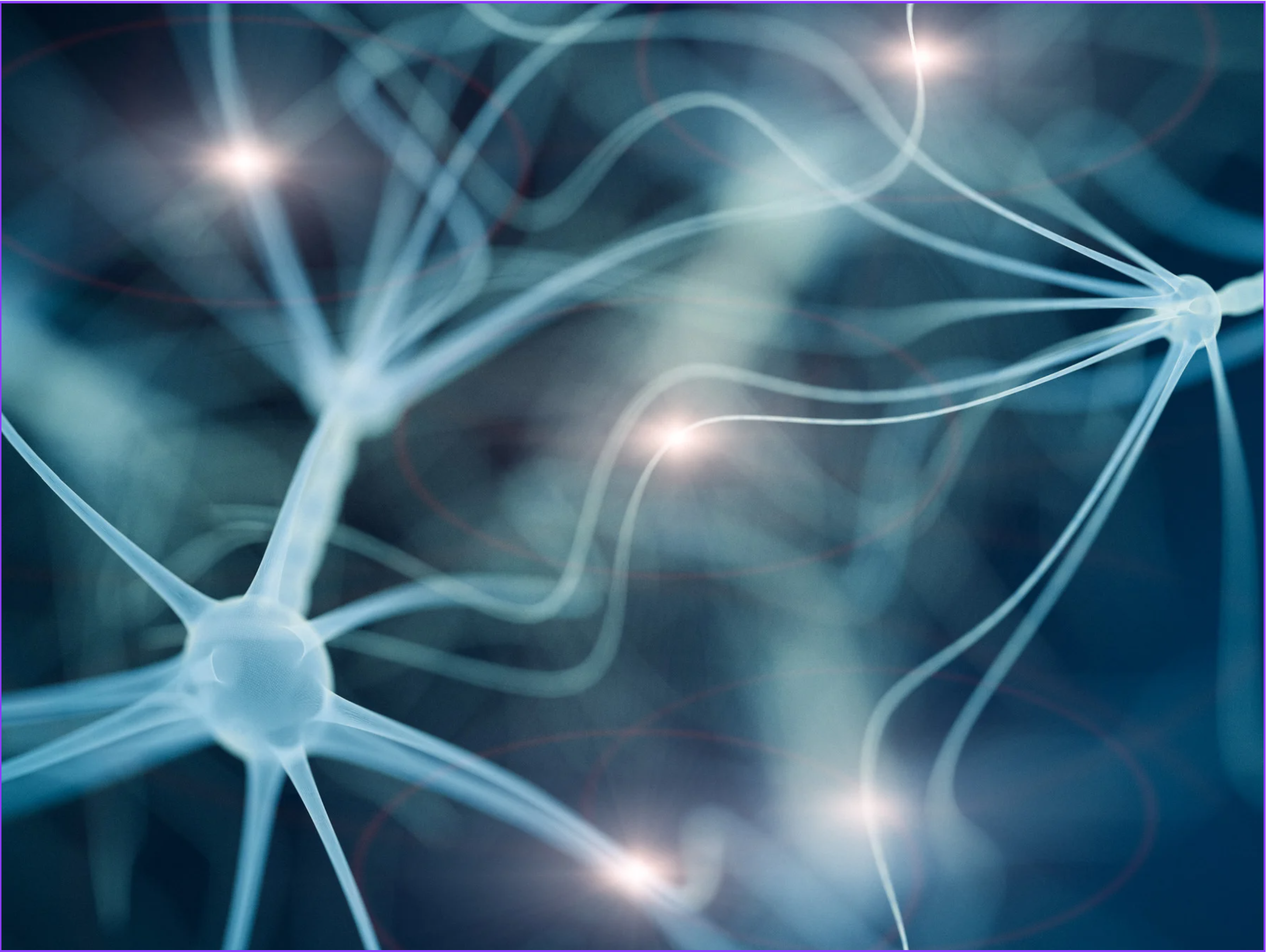Comorbidity of Down Syndrome and Autism Spectrum Disorder
Characteristics of Down Syndrome:
Down syndrome is the most common genetic alteration and the leading diagnosed cause of intellectual disability of congenital origin. It is defined by the presence of a particular phenotype and varying degrees of intellectual disability. The confirmation of a diagnosis, which is initially always clinical, is made by demonstrating the presence of three chromosome 21s in the cells through a genetic study.
Individuals with autism spectrum disorder (ASD) present a cluster of neurodevelopmental alterations whose specific phenotype is characterized by dysfunctions associated with cognition, social communication, and cognitive flexibility. The notion of spectrum is very important. ASD is defined by persistent deficits in the ability to initiate and sustain reciprocal social interaction and social communication, with a range of restricted, repetitive interests and stereotyped patterns of behavior. Diagnosis in this case is clinical.
These symptoms are present from childhood and interfere with daily functioning. In ASD, this starts to be noticeable from about one and a half years of age.
| Spectrum Notion | ||
| Intellectual Quotient | Severe Deficit | High Functioning |
| Social Interaction | Isolation | Sociable but odd |
| Communication | Non-verbal | Verbal |
| Repetitive Behaviours | Severe | Mild |
| Sensory Regulation | Hypersensitivity | Hyposensitivity |
| Motor Activity | Hypoactivity | Hyperactivity |
Comorbidity of Down Syndrome and ASD:
Comorbidity is the presence of two or more clinical diagnoses coexisting in the same person. In the case of Down syndrome, this is combined with autism spectrum disorder due to its early genetic conditioning.
Recent studies have identified shared genetic markers between Down syndrome and autism, suggesting a common genetic basis that could contribute to the predisposition of certain individuals to develop both conditions. It is believed that the third copy of chromosome 21 in Down syndrome may influence, directly or indirectly, the presence of ASD. Risks accumulate that, in certain individuals, result in brain alterations that phenotypically express autistic traits.
According to Jesús Flórez, ASD traits present in the general population around the age of 2 or 3 years. However, in Down syndrome, they tend to manifest later due to slower mental development, becoming clearer at the age of 5 or 6 years.
Down syndrome has several comorbid pathologies, one of the most relevant being ASD. 19% of the population with Down syndrome has ASD, while in the general population, the prevalence of ASD is 2%.
Individuals with Down syndrome and ASD:
- Show less adaptive behavior and restricted self-help skills. Children with Down syndrome are very attentive and aware of others’ needs.
- Have greater difficulty in the development of expressive language and communicative intent.
- May present self-injurious behaviors, as well as limitations in social skills, poor joint attention, and verbal and non-verbal skills.
- It is important to differentiate what may be “normal” in a child with Down syndrome from what may be manifesting as different and suggestive of autism.
Early identification is crucial. Recognizing ASD criteria within the Down syndrome diagnosis is essential for proper therapeutic, educational, familial, and, if necessary, pharmacological intervention.
Diagnosis should be an interdisciplinary evaluation: psychology, psycho-pedagogy, speech therapy, and occupational therapy.
When comorbidity with Down syndrome exists, there are three aspects that often help understand whether this is due to comorbidity with ASD or another circumstance:
- Joint attention: The presence or quality of this cognitive skill, which humans have from a very young age, involves sharing the focus of attention with another person. Its absence is typical of ASD but is not usually lacking in Down syndrome.
- Sensory peculiarities: Sensory integration is the process by which our brain processes and integrates all the tactile, visual, auditory, and proprioceptive information we receive, allowing us to understand the world. People with Down syndrome may show hypersensitivity to noises or touch. When combined with ASD, this can be more pronounced: in food selectivity, rigidity, choice of clothing, etc.
- Less imitation as a learning method: Typically, individuals without comorbidity with ASD use imitation continuously.
Other warning signs (to consider the presence of comorbidity):
- Does not have language or, if present, speaks without communicative intent.
- Does not point or make gestures to communicate.
- Prefers to play alone.
- Shows inappropriate laughter.
- Does not develop symbolic or imaginative play; play is repetitive.
- Needs to follow a routine and is disturbed by changes or transitions.
- Has no fear of danger.
- Seems not to feel pain.
- Dislikes caresses or physical contact.
- Food selectivity.
- Sleep problems.
- Motor stereotypies.
The treatment should be interdisciplinary and based on suggestions from a comprehensive evaluation. Sometimes, home-based approaches are recommended due to difficulties in generalizing and transferring learning. When developed in the child’s natural environment, not only is faster acquisition guaranteed, but also an initial functional application in the home environment, facilitating subsequent generalization in other participation settings.
The behavioral intervention method (also known as ABA) and clinical neuropsychology guidelines are highly effective. Early diagnosis and intervention are important, always considering the reality and needs of the patient, their family, and the educational system. Early attention allows, to some extent, reversing or mitigating the severity of the symptoms.
















